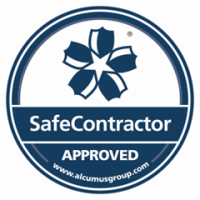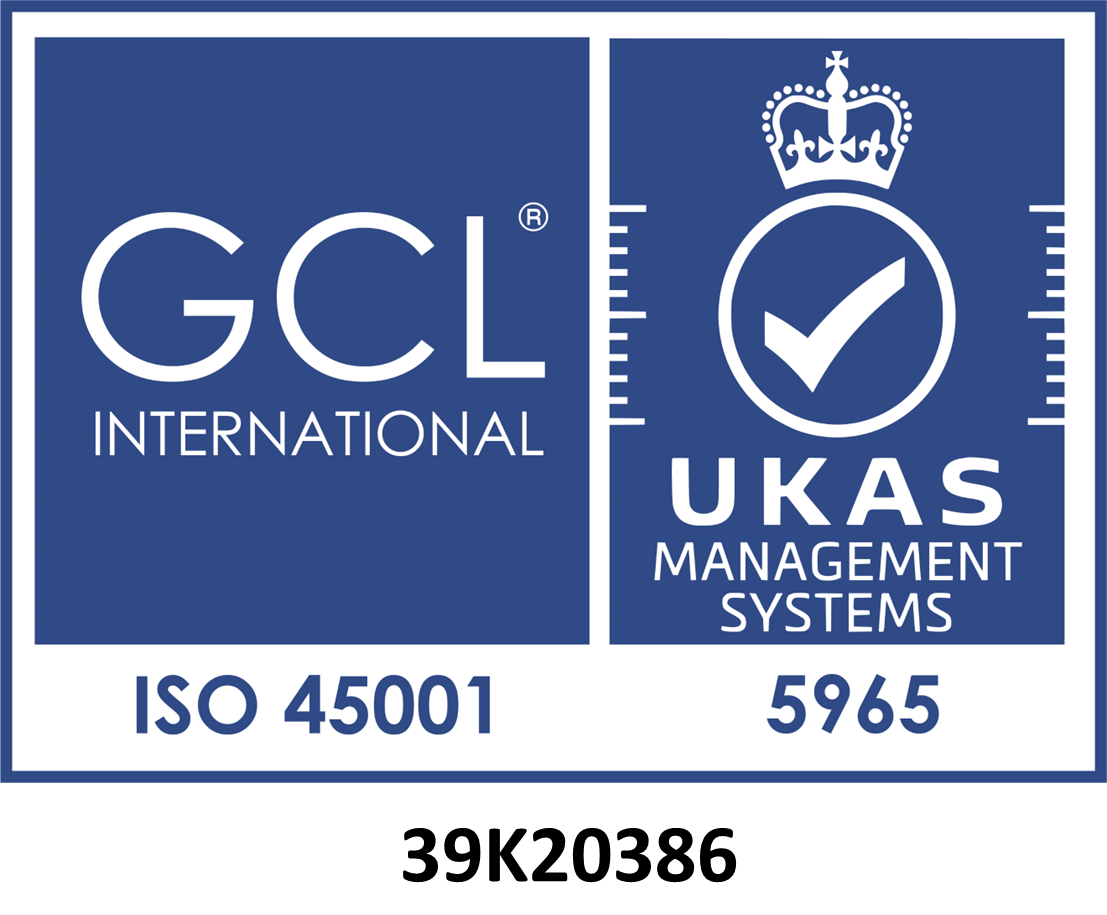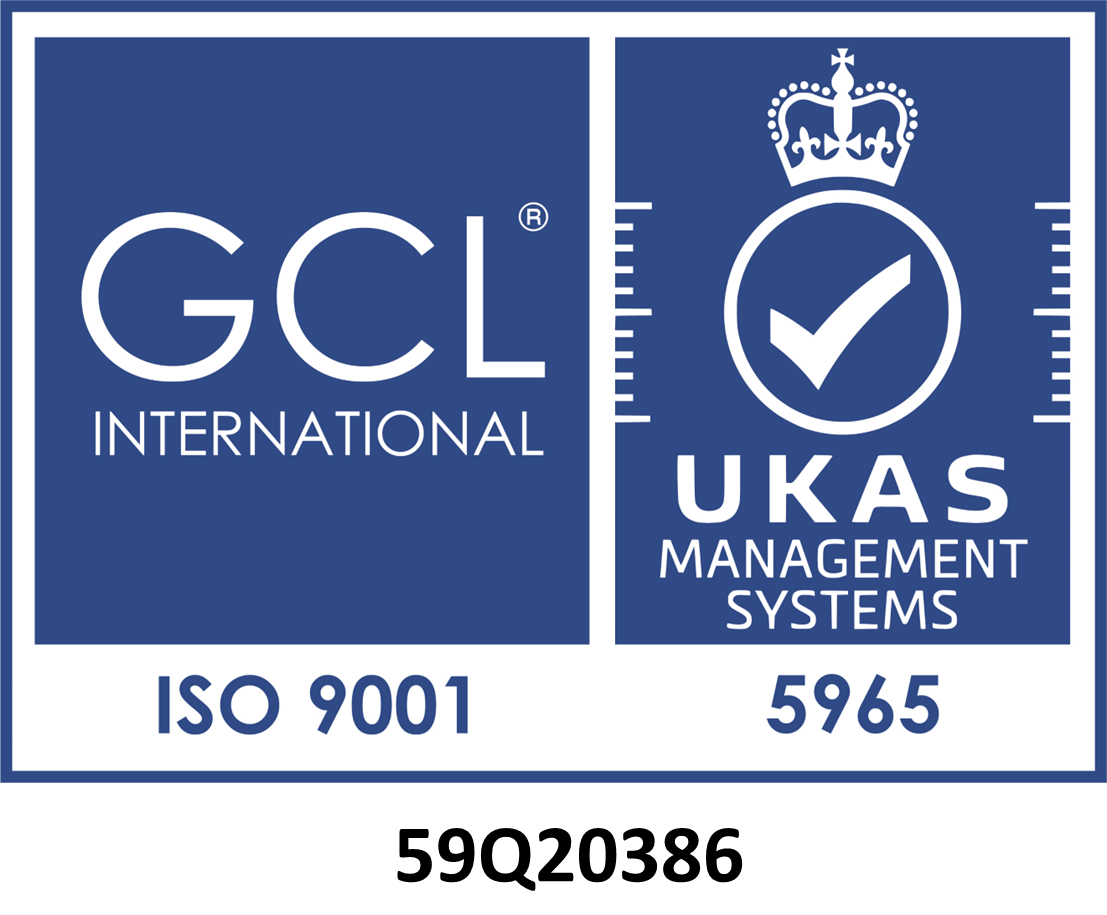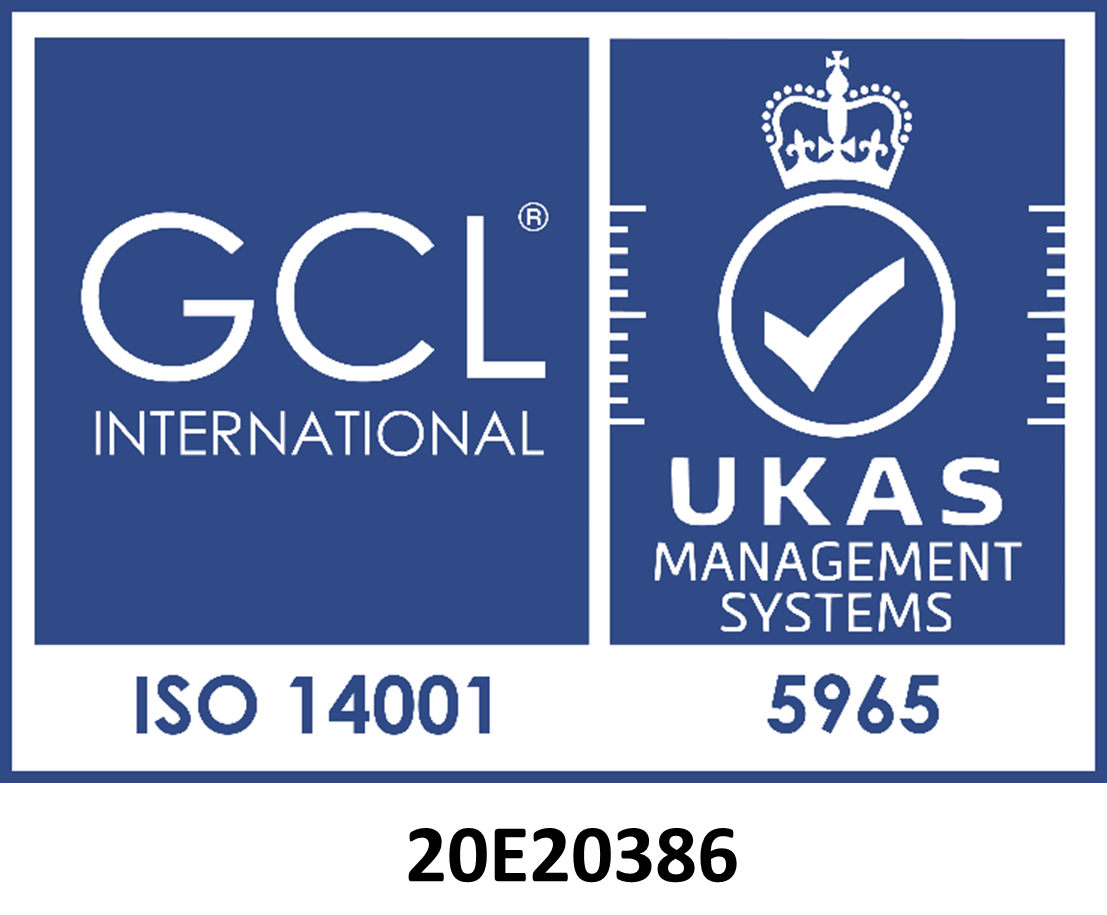The Department of Health’s Health Technical Memorandum (HTM) 03-01 defines hospital ventilation systems as critical systems, the loss of service from which would seriously degrade the ability of the premises to deliver optimal healthcare. Critical hospital ventilation systems include systems serving the following:
- Operating theatres of any type
- Patient isolation facilities
- Critical care, intensive treatment or high dependency units
- Neonatal units
- Category 3 or 4 laboratories – dealing with potentially lethal airborne disease including those for which treatments exist and for which vaccines and other treatments are not available
- Pharmacy aseptic suites – preparing and supplying products that must be completely sterile before administration to the patient
- Inspection and packing rooms in sterile service departments
- MRI, CAT and other imaging technologies
- Any system classed as LEV (local exhaust ventilation) under the COSHH regulations
Critical ventilation systems require highly specific maintenance and testing to remain safe and ensure legal compliance with HTM 03-01.
Hospital Ventilation Systems – Tecomak are professionally recognised specialists in the installation, maintenance and annual verification testing of hospital ventilation systems.
The Importance of Hospital Ventilation Systems
Important in any healthcare establishment, ventilation systems carry out a number of roles to safeguard patients, workers and visitors throughout the facility.
Maintaining air quality – Effectively controlling air quality and temperature within all healthcare establishments is key to keeping patients safe, and in some cases even forms part of their treatment. The ventilation systems within hospitals will have been designed with patient care at their core, and will take into consideration the accurate control of the differing temperature and humidity requirements of various areas of the facility, as well as the acute need to restrict movement of airborne contaminants.
Removal and filtration of contaminated air – As well as bacterial infections such as MRSA, legionella pneumophila (legionnaire’s disease) or mycobacterium tuberculosis, and viral infections such as influenza, the norovirus or measles, moulds can be equally devastating if brought into contact with immunocompromised patients.
Protection of vulnerable patients from contamination by others – As well as those suffering from diseases causing immunodeficiency such as cancer (especially that affecting the bone marrow and blood cells) and HIV, immunodeficiency can also affect those undergoing chemotherapy, those who are taking immunesuppresive drugs following transplants, the very old and very young, bringing the provision of clean, fresh and uncontaminated air to the foreground of their care provision.
Protection of staff, patients and visitors from contamination by specific disease source – As a facility specifically designed to cater for those who need care while being contagious, isolating contaminated air through effective filtration helps to protect carers, other patients, hospital employees and visitors from potential harm.
Taking these factors into consideration, the ventilation systems within hospitals, and the regular inspection and maintenance of them, have critical importance in high risk areas, especially where completely sterile conditions are required, such as in operating theatres, intensive care units, isolation rooms and neonatal units, as well as in pharmacy aseptic suites and laboratories dealing with potentially lethal airborne disease. Dealing with precise air volume, air change rates and air pressure, the maintenance of these systems requires professional levels of training and experience.
The Standards for Ventilation Systems in Hospitals
For critical ventilation systems, the Department of Health’s HTM 03-01 requires quarterly inspections each year, which can be carried out by properly trained on site maintenance staff who should record each inspection within a log. Verification, carried out by trained and recognised professionals, should then be carried out at least annually, to ensure that minimum standards are being maintained specific to the application, that the system is operating to acceptable performance levels and that the system remains fit for purpose. In particular, there are specific guidelines requiring specialist knowledge and expertise for operating theatres and isolation facilities.
The air handling plant serving critical systems should also be inspected annually with detailed records answering all questions listed in HTM 03-01 Part B, while Theatre Sterile Services Units (TSSU) and Hospital Sterilisation Service Units (HSSU) must be maintained in accordance with BS EN ISO 14644 with special attention being paid to particle contamination levels. The inspection, assembly and packing (IAP) room standards are set at Class 8 (ISO 14644) and it is also important to ensure microbial contamination levels are routinely monitored and maintained within defined levels.
Hospital Ventilation Systems – Services From Tecomak
With unique levels of expertise in critical ventilation systems, Tecomak has the professional skills and experience to deliver quarterly inspections and annual verifications for hospital ventilation systems and other healthcare facilities, as well as systems testing, maintenance and upgrades, and breakdown repairs, including your air handling plant. Tecomak employ a team of ll service engineers which are all are CRB checked and have NHS approved training, as well as other professional qualifications in line with the specialised services that we offer.
Hospital Ventilation Systems – Tecomak is a leading specialist ventilation company offering a consistent first class service for the safety of your hospital ventilation systems.







